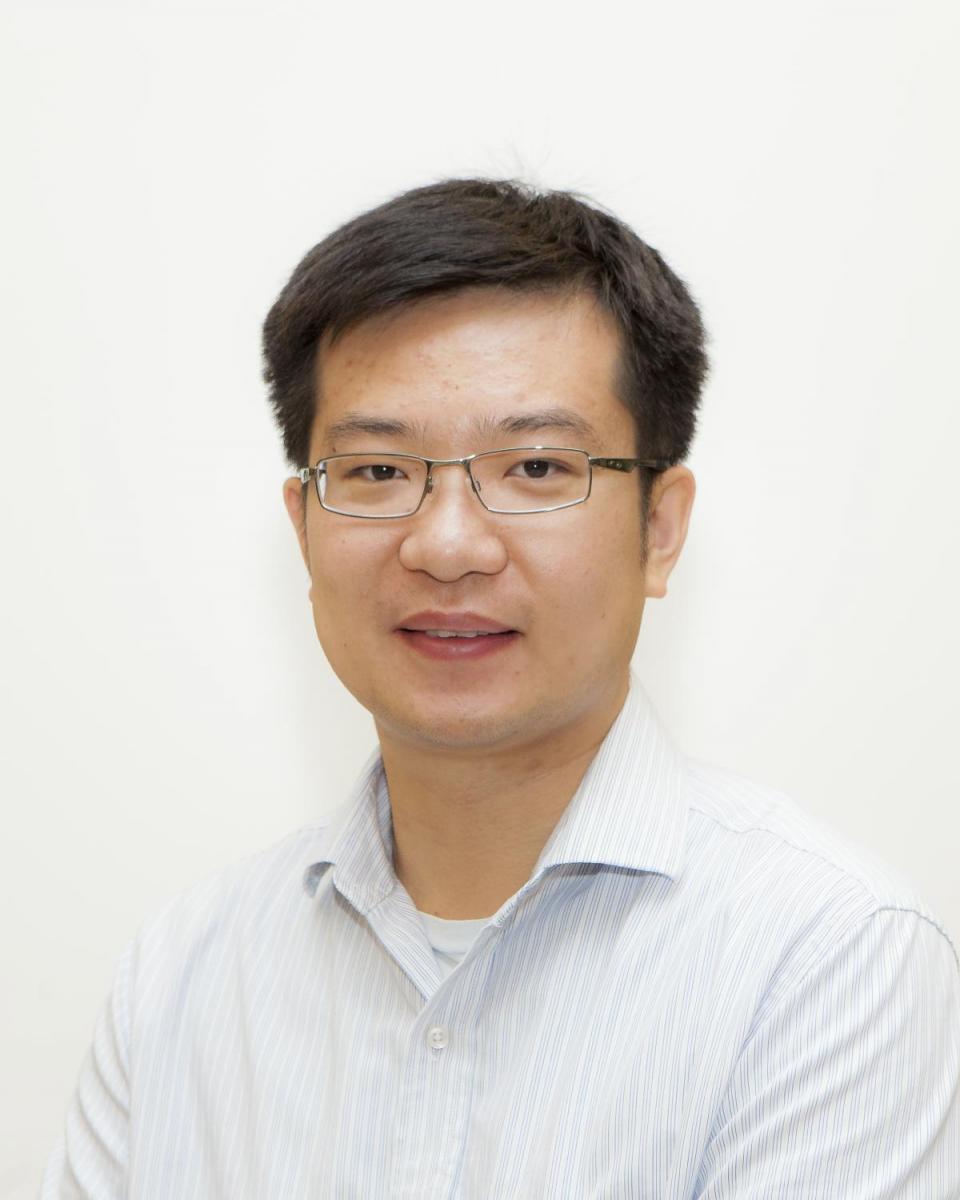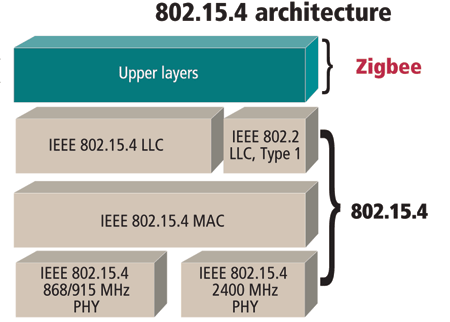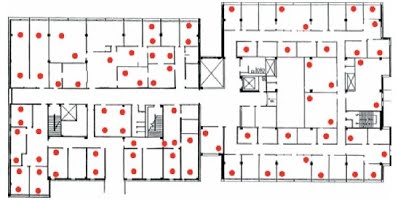|
Mo Sha's Home Page |
||||
|
Home | Research | Publications | Students | Services | Teaching| Google Scholar Profile |
||||
|
Representative Research Work Industrial IoT  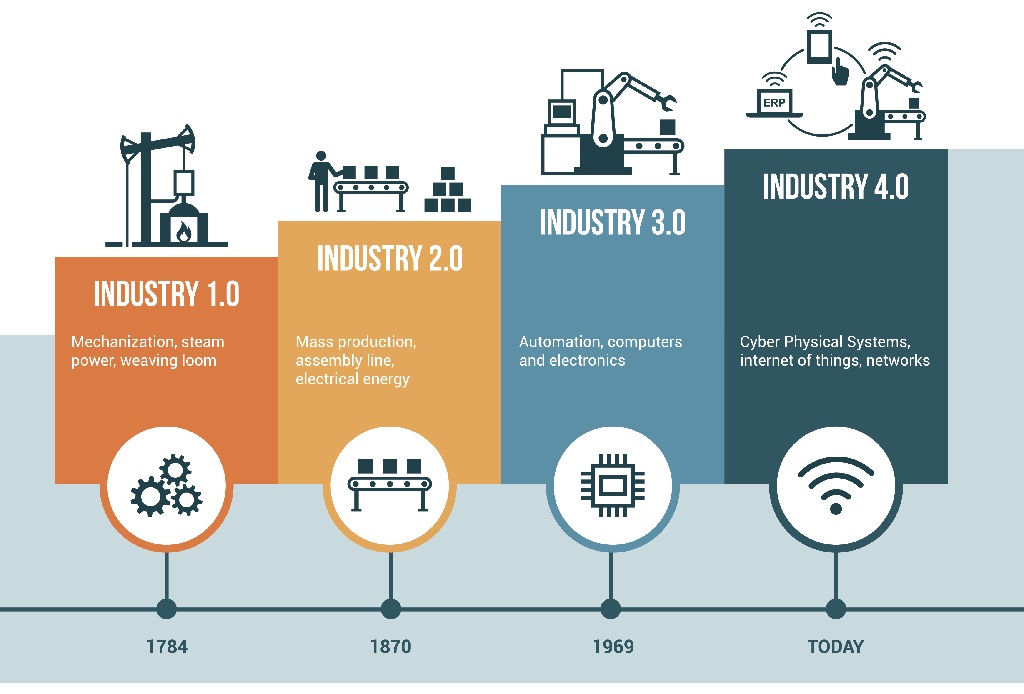 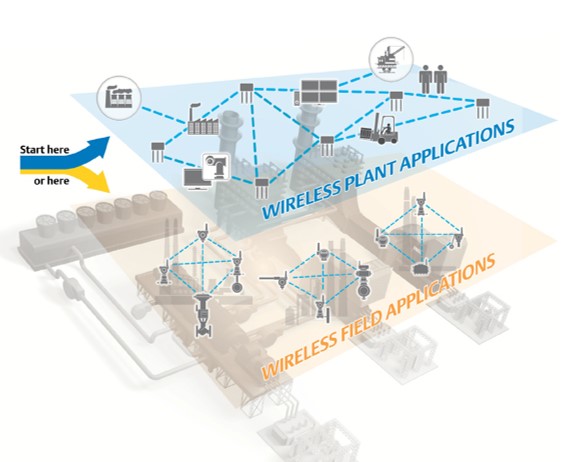 Underlying the Fourth Industrial Revolution (or Industry 4.0), industrial Internet of Things (IoT) is revolutionizing the process industries and promises one of the largest potential economic effects of IoT. Industrial networks, the underlying support of industrial IoT, connect sensors, actuators, and controllers in industrial facilities, such as manufacturing plants, steel mills, and oil refineries. IEEE 802.15.4 based wireless sensor-actuator networks (WSANs) operate at low-power and can be manufactured inexpensively, which makes them ideal for industrial networks where energy consumption and costs are important. The current approach to implementing WSANs suffers many limitations such as poor scalability, error-prone configuration, and security vulnerability. My research is to address those limitations and develop novel networking solutions for the next generation of industrial wireless standards. This work was supported in part by the National Science Foundation under grants CNS-1657275 (CRII) and CNS-2150010 (CAREER). _______________________________ IoT Security  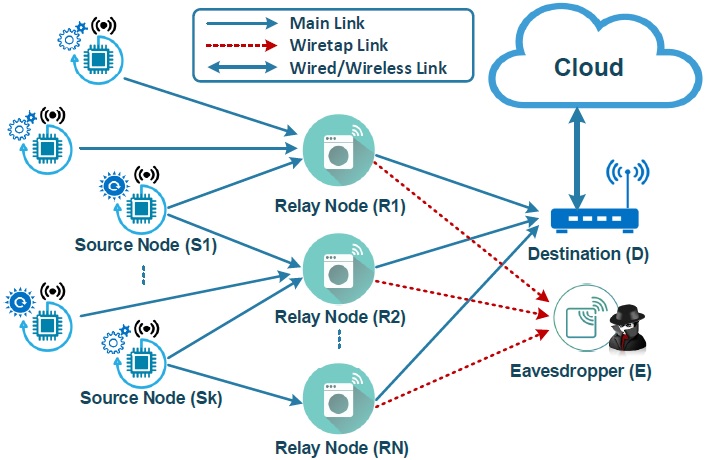 IoT has emerged as a new computing paradigm that promises to offer a fully connected smart world. However, due to the open nature of wireless medium, the information sensed, collected, and transmitted by IoT devices may be intercepted or jammed by adversaries, which becomes a serious concern in many IoT applications. The overarching goal of this project is to identify the security vulnerabilities of IoT systems and explore defense solutions. _______________________________ mmWave Sensing and Communication 
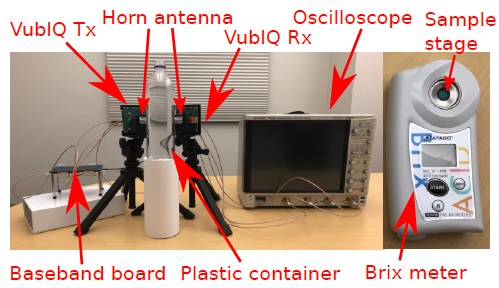
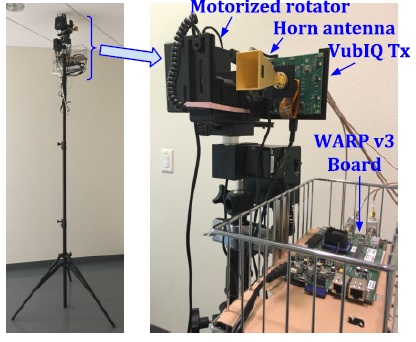 The emergence of millimeter wave (mmWave) networks has reinvigorated the quest of next generation of wireless networks that can provide multi-gigabit per second data rates. The 60 GHz mmWave band provides a large unlicensed spectrum (57-64 GHz) where new wireless standards such as IEEE 802.11ad and 802.11ay are proposed. The overarching goal of this project is to develop novel solutions to enable reliable mmWave communication and new sensing applications. _______________________________ Smart Energy 

 The largest source of energy consumption in buildings is heating, ventilation, and air conditioning (HVAC). For an HVAC system to provide comfort and minimize energy, it is crucial to understand the spatiotemporal thermal dynamics in buildings. The overarching goal of this project is to develop novel and practical approaches to model the complex thermal dynamics and improve the HVAC performance. _______________________________ Low-Power Wireless Networks
The characteristics of IEEE 802.15.4 (ZigBee) based low-power wireless networks have been studied extensively in the context of wireless sensor networks. For instance, there has been a vast array of research that empirically studied the link quality with different platforms, under varying experimental conditions, assumptions, and scenarios. There also has been research investigating the impacts of various media access control schemes. We have contributed empirical results and analysis to this endeavor and produced a series of novel algorithms and network protocols. |
|||
